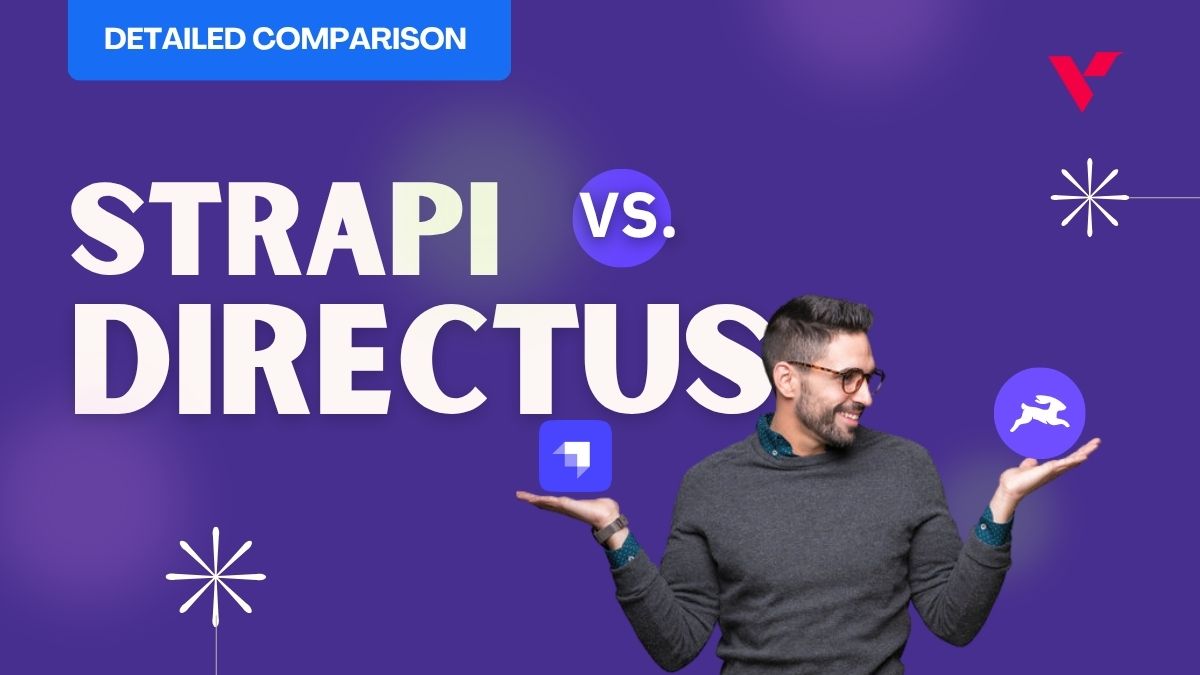Your local grocery store is likely a familiar place to you. And the stroll you take through that store? Perhaps just as familiar. You may have a certain route you take — through the bread aisle, over to the breakfast foods, and finally through the frozen section.
You know this store. You know this route. And you know where to find the things you want.
Now imagine the store shifted around based on what it thought you wanted. And imagine the store didn’t always get it right. This is one of the pitfalls of personalization: a data and design approach that takes your past activities and preferences into account to provide you with a tailored experience online.
Let’s learn about more of those pitfalls. And, most importantly, how you can avoid them.
Table of Contents
Gathering data is a LOT of work
As an online consumer, information about you is collected by pretty much any website or online service you use. Netflix isn’t just great at guessing which movies you might like to see — it tracks what you’ve watched previously and uses data to find others like you. From there, it makes a recommendation. Likewise, Amazon isn’t just shooting in the dark when it highlights a product for you on its homepage. It looks at your past buying habits, compares them to others with similar tastes, and issues a confident prediction as to what you might want.
It’s not easy to build those systems. If your shopping website has millions of users, you’ll be tracking all of their purchases, along with every item they’ve ever put in a cart, every product they’ve shown an interest in, and how long they’ve spent on a particular page. That’s a daunting amount of data. That data takes up a lot of space. Yet you may never feel like you have enough of it.
One of the best things you can do is start simple. Know what indicators are the most useful to predicting future patterns. Resist the desire to track everything under the sun. And only add more data points when you’re confident they’ll enhance the user experience.
Design must take personalized content into account
Most websites want so badly to dump you into a category. You’re a soccer mom! Or, you’re a college student! Entire sections of commerce and service sites are designed around these groups, and many falsely assume that everyone who falls into those categories must want the same things.
And, sadly, some even do this while collecting hordes of data about their customers.
One of the smarter paths you can take in this regard is to avoid using these cookie-cutter sections altogether. Instead of trying to appeal to users by lumping them into a certain slice of the population, a simple “For You” page can show everything these customers might find enticing.
If customers are agreeing to hand over their personal information and habits, make it worth their while. Don’t insult them with stereotypes.
Mistakes happen
When you opt for the path of personalization, not everything will go as planned. It may be your honest intention as a movie streaming service, for example, to feature a “You Might Like” category of movies a customer might want to watch. But the data you’re getting may not be one-hundred-percent perfect, and when it’s not, you might actually annoy them instead.
What if they let their kids stream some cartoons on a Saturday morning? What if a friend house-sits and watches a really bad chick flick? Or, pray tell, what if they watch Home Alone and are suddenly slammed with every Rob Schneider film known to man?
When personalizing, you should lightly weight the one-offs — or disregard them entirely. Systems should be more intelligent, and be more aware that a certain data point is an outlier when compared to all the others. And that holds true whether its a commerce site, a media site, or a service site.
If that Home Alone session is followed by that customer’s more regular viewing habits — say, horror movies — you’ve done well. Should that same customer come back for The Animal? Then have at it.
Personalization might be a turn off
We live in an era where Facebook and Twitter are under increasing scrutiny, both for the practices they allow on their respective platforms and for their treatment of user data. And it’s not a stretch to say that a large portion of the population is skeptical regarding the data being collected about them. They want privacy. They’re concerned about whether or not their information will be sold to third parties. And in the case of sites where payment information is collected, they’re worried about identity theft.
The mere presence of personalization features may be a red warning light to these users. If they see even their first name in a welcome message, the entire experience could be a no-go. So you have to start earning their trust.
A clear, easy-to-find link about how a customer’s data is used is a good first step. You can never be too transparent. It’s also a wise idea to detail exactly how you protect that customer’s information, so talk about how your website uses SSL to ensure all communications are secure (something that’s borderline mandatory now anyway), and how any payment data is encrypted and well-defended from outside intrusions.
And it doesn’t matter what the history of your brand may be, whether you’ve painstakingly built it up over a decade, just created it yesterday, or bought one of the many businesses for sale with a plan to spruce it up — you must assume that your visitors are unaware of your policies and need a reminder.
And finally, offer a way around the entire process if it’s possible. Allow personalization features to be turned off if someone so chooses, and provide a one-time guest checkout solution for those who don’t want to become a permanent part of the system. It’s better to have a slightly anonymous customer than no customer at all.
Learn the lessons
When used the right way, data can have a tremendous impact on the way you do business and the experience you’re able to provide your visitors. But as you’ve seen, there are ways you can easily be tripped up along the way. Take these lessons to heart and keep your eyes on your own two feet.
And if you have to trip — don’t trip into the pit.
Victoria Greene is an ecommerce marketing expert and freelance writer who hates excessive email personalization. You can read more of her work at her blog Victoria Ecommerce.




















